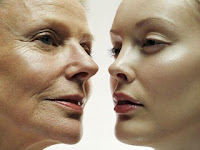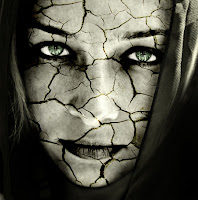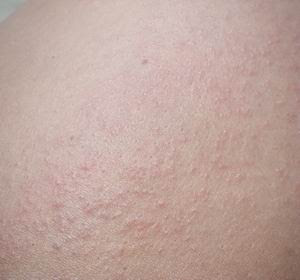1. Wash Hands!
Frequent handwashing is a must if you hope to keep germs at bay. Viruses and bacteria can live for hours on surfaces touched by an infected person. Then they are transferred to the next healthy person to come along. Wash your hands vigorously with soap and warm water for 10-15 seconds. Use liquid soap rather than bar soap, and disposable paper towels to dry hands. Avoid overusing anti-bacterial soaps. They sound good in theory, but can actually support bacterial development.2. Don't Touch
While handwashing is the first line of defense, even clean hands should stay away from eyes, noses and mouths to prevent germs from infecting the body. Avoid touching your face, and teach children to keep their hands below their necks whenever possible.3. Use Hand Sanitizers
Instant hand sanitizers (like Purell or Bath & Body Works' Hand Gel) are widely available. These products use an antiseptic alcohol to destroy 99% of germs. Small containers are easy to carry in purses, pockets or backpacks and you can use them anytime and anywhere because they don't require soap, water or towels to be effective.4. Bring Your Own
Carry your own sanitized items with you and avoid using public facilities. For example, carry your own pen to use at the grocery checkout or reading material for the waiting room. Pass by the public water fountain and bring your own drinks. Before you use any public item, consider who else might have access to it!5. Cover Up!
If everyone covered their face when they coughed or sneezed, germs wouldn't stand a chance! Unfortunately, many people just can't make this habit stick, and the germs fly free. Encourage kids to turn their head and cough or sneeze into the crook of their elbow -- rather than the palm of their hand -- to avoid passing germs by touch.6. Segregate the Sick
Multiples are naturally close, and as much as we like to teach our kids togetherness and sharing, it will have to wait until spring! When a family member is feeling under the weather, keep healthy siblings far away! And, of course, don't send sick kids to school, day care, or activities.7. Disinfect the House
Use germ-killing cleaning products, like Lysol, bleach or boiling water, to disinfect the house. Wipe down the phone, computer keyboard/mouse, door handles, bathrooms, toys, countertops and other common surfaces. Wash dishes in the hottest possible water and allow to air dry, or use an automatic dishwasher. Microwave sponges and dishcloths for 30 seconds to kill bacteria. Replace toothbruses often, especially after illness.8. Avoid Contagious Crowds
You can't hibernate the winter away, but whenever possible, avoid situations where contagious people congregate. Unless it's an emergency, stay clear of the waiting room at doctor's offices, or seek out a "well" waiting area. Shop during off peak hours or in off-the-beaten-path stores. Think twice about attending playgroups or activities where sick kids might be allowed to roam.9. Dont's
Don't smoke. Studies show that smokers have more frequent and severe colds. Secondhand smoke dries out nasal passages and makes people more susceptible to respiratory illnesses. Don't drink alcohol, except in moderation. Heavy drinking dehydrates the body and damages immunity. Most importantly, don't get run down. When you're stressed, tired or undernourished, your body just can't fight off illness.10. Do's
Get plenty of sleep. Exercise, especially aerobic, increases the body's virus-killing cells. Even better, exercise outside in the fresh air, away from dehydrating indoor heating systems and recirculated, germy air. Eat healthy foods with lots of vitamins, like colorful fruits and vegetables, whole grains and yogurt. Drink fluids; it flushes out your system. Take care of yourself!












